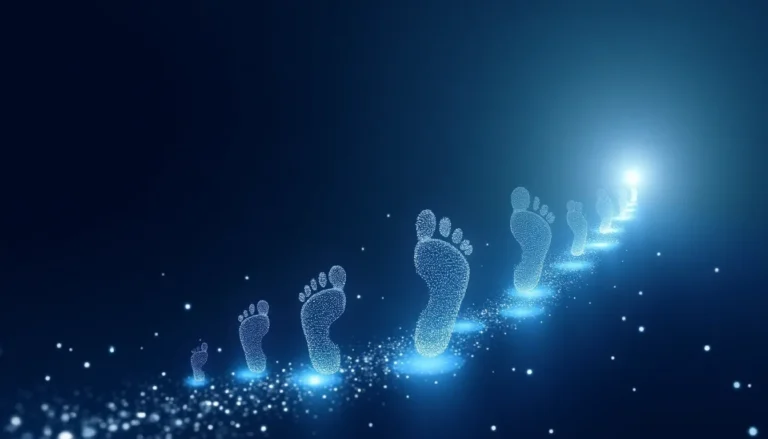AI can be stubborn. Like a new employee who hasn’t quite grasped the company culture, it sometimes misses the mark.
But here’s the thing: AI isn’t actually stubborn. It’s precise. Almost too precise. When it seems like it’s not listening, it’s actually following your instructions exactly – just not the ones you thought you gave.
The secret isn’t speaking louder or slower. It’s speaking clearer.
Think of prompt engineering as diplomatic relations. You’re not just giving orders; you’re establishing a protocol for communication.
Here’s what works:
1. Be specific, not verbose
Don’t write a novel. Write a blueprint.
2. Use context, not assumptions
Tell it what you know, not what you think it knows.
3. Start broad, then refine
Like sculpting, remove what you don’t want until you get what you do.
4. Learn from failures
Each misunderstanding is a lesson in clarity.
The most powerful prompt isn’t the longest or most complex. It’s the one that bridges the gap between what you want and what AI understands.
Mastering this isn’t just about getting better results. It’s about understanding how artificial minds process natural language.
The future belongs to those who can speak both human and machine.
So next time your AI seems deaf to your requests, remember: It’s not about making it listen harder. It’s about speaking its language better.
What conversation could you have with AI today that might surprise you both?



